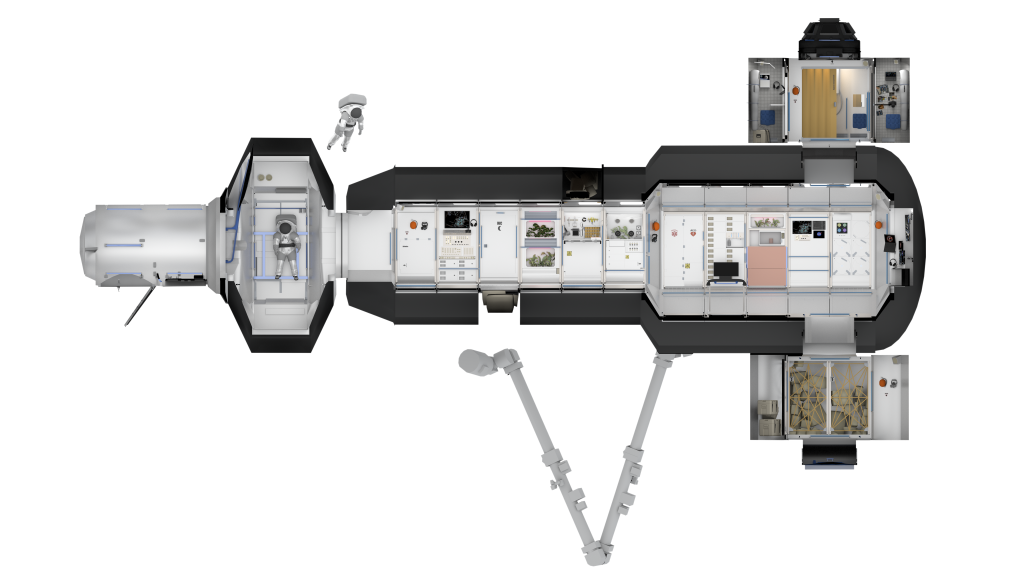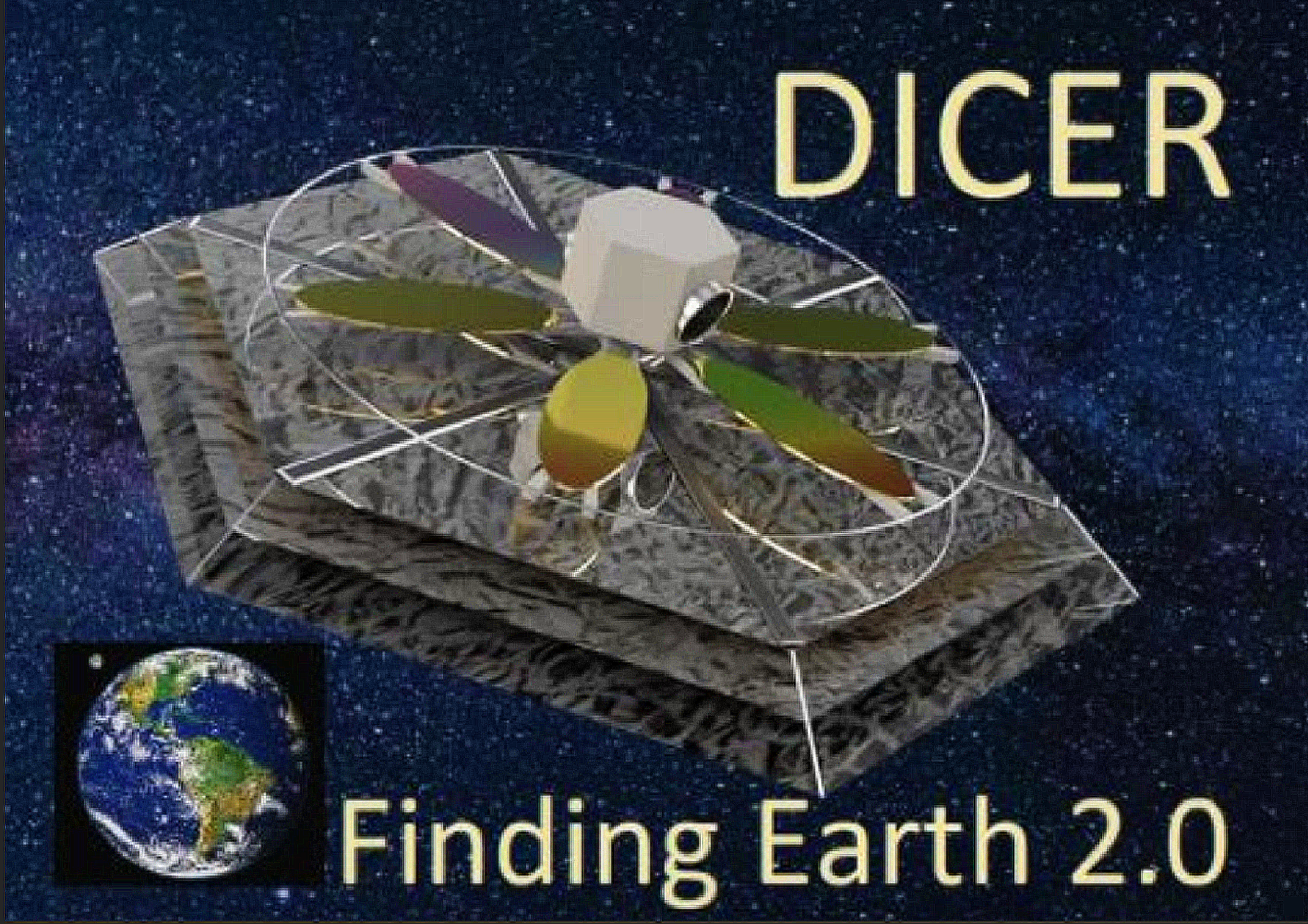Heidi Newberg
Rensselaer Polytechnic Institute
It is currently impossible to find Earth-like planets in the habitable zones (where the temperature supports liquid water) of Sun-like stars. It is even harder to measure the composition of their atmospheres. But this is necessary if we want to find life as we know it on other worlds, or find another planet that we could easily inhabit. We will study a novel design, called Diffractive Interfeo Coronagraph Exoplanet Resolver (DICER), that could make it possible to find “Earth 2.0.” Finding an exoplanet like the Earth requires a very large space telescope that can resolve an Earth-like planet from a Sun-like star to distances of at least 30 light years, where the maximum angular separation of the star and planet is only a few hundred thousandths of a degree. Within this volume, it is expected that there are of order a few rocky, Earth-like planets, highlighting the need to find Earth-analog planets regardless the orientation of their orbit to our line of sight. Detecting an Earth analog exoplanet also requires that the light from the star be blocked so that it does not overwhelm the light from the planet; in the infrared where the Earth is brightest in emitted light, the Sun is a million times brighter than the Earth. A 20m-class infrared space mission would enable Earth-like planets to be resolved from a host Sun-like star to the required distance, thus enabling the discovery of planets with face-on orbits. However, launching and deploying a 20m-class space telescope is not technologically feasible at this time because it is very difficult to get telescope mirrors that large into space. DICER achieves the diffraction limit of optics that are ~20 meters in length, while requiring two mirrors that are only a few meters in diameter; the light is instead collected with two or more flat diffraction gratings that are ten meters in length. Furthermore, the system would use a simple coronagraph that could extinguish the light from the star by a factor of a million. This design does not require that multiple components fly through space in precise formation, as has been required for some of the other designs aimed at measuring the atmosphere of a habitable, Earth-like world. Current models of DICER support the idea that this primary objective grating space telescope might be able to detect all Earth-like planets around G/K stars (stars that are similar to the Sun) within 30 light years. For each planet, orbital periods, semimajor axes, infrared luminosity/temperature, and the presence or absence of atmospheric ozone (a key signature of life as we know it) could also be determined. However there are a myriad of optical, thermal, mechanical, launch/deployment tradeoffs that must be considered to make sure that this design is feasible, cost effective, and produces the highest quality science. With funding from this proposal, we aim to reduce the estimated size and cost of our current proof-of-concept DICER design so that it can be imagined as a probe-class mission, while showing that it will enable the detection of Earth 2.0. This activity primarily advances the goals of NASA’s Science Mission Directorate, addressing the mission to “Search for life elsewhere.” We address the astrophysics science theme of Exoplanet Exploration (ExEP).






























